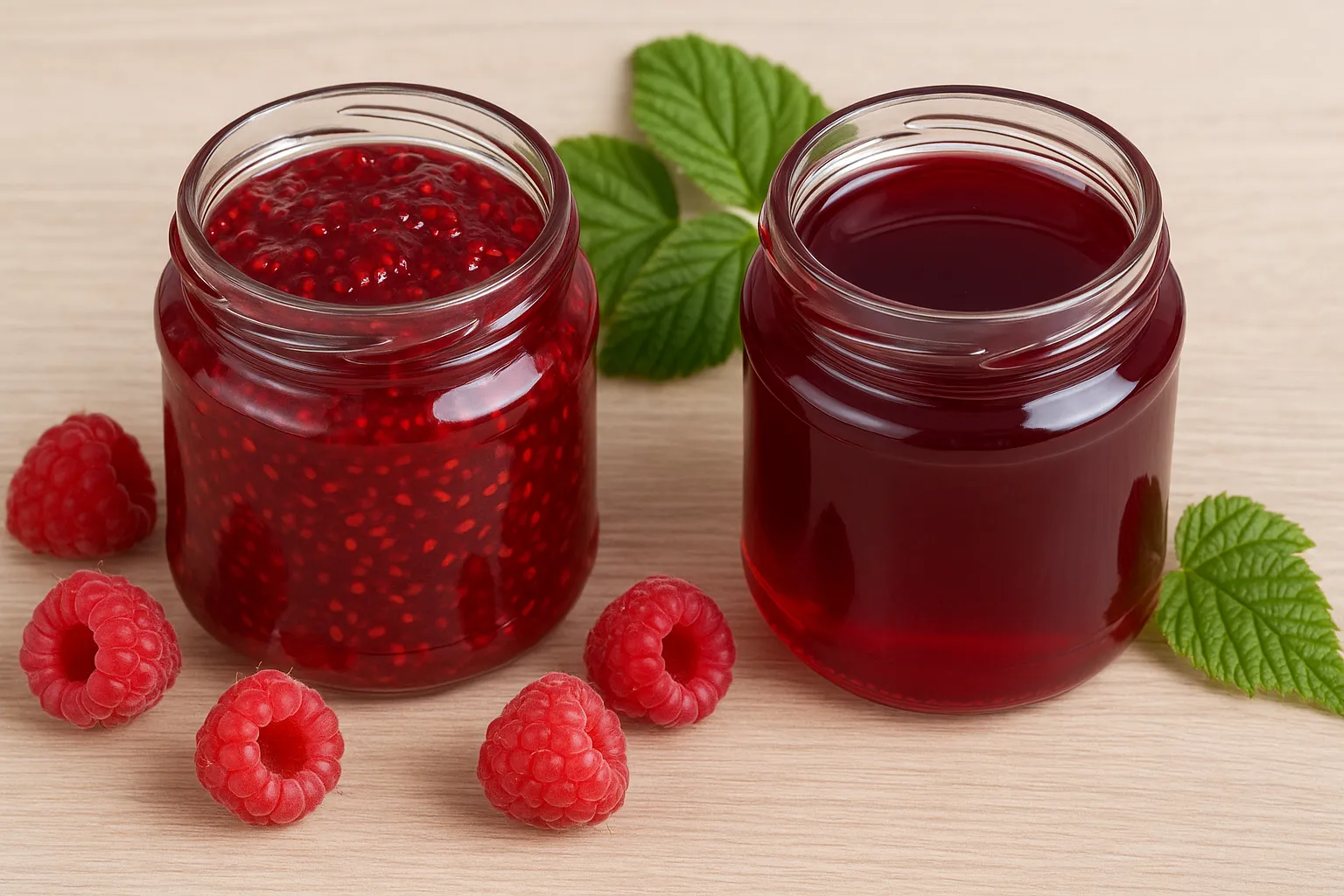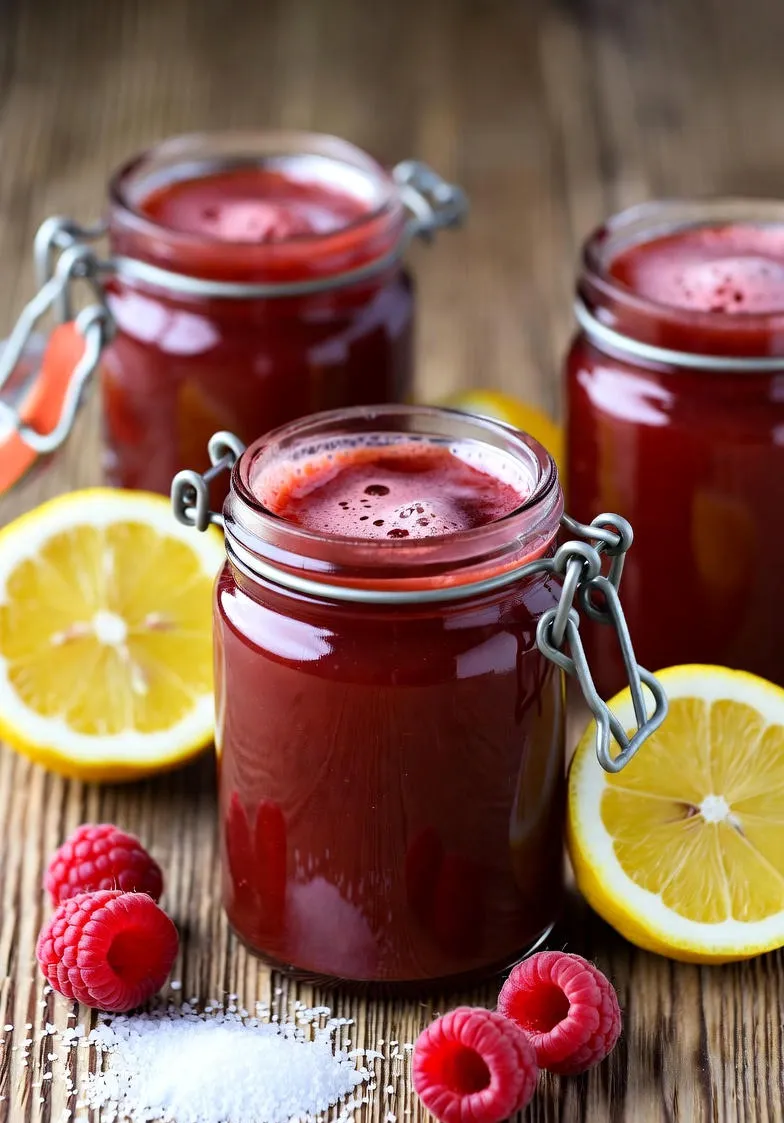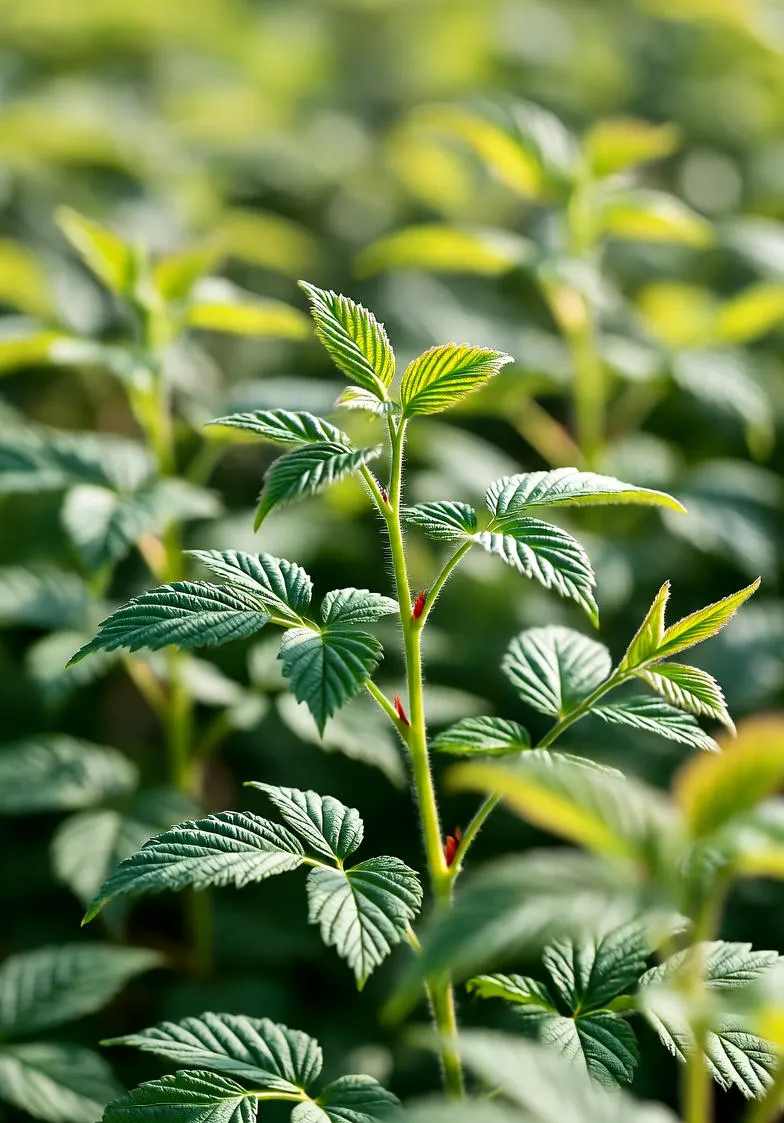The Ultimate Guide to Effectively Scrubbing Waxy Cucumbers: Removing the Film for a Better Bite
Learn the best way to remove the waxy film from grocery store cucumbers using natural, food-safe methods (vinegar, baking soda, and heat). Get a perfect, clean crunch every time.

Why Waxy Cucumbers Need a Good Scrub
Cucumbers are a staple in salads, sandwiches, and refreshing summer drinks. However, if you've ever bought a cucumber from the grocery store and noticed a slightly tacky, glossy film on its skin, you've encountered the infamous **food-grade wax coating**. This seemingly minor detail is the reason why a simple rinse under the tap often isn't enough to prepare your vegetable for consumption.
The wax serves a crucial, non-aesthetic purpose: **preservation**. It locks in moisture, preventing the cucumber from drying out and shriveling, significantly extending its shelf life during transit and display. While the wax itself is typically safe (often derived from natural sources like carnauba or beeswax), many consumers prefer to remove it for several reasons:
- Texture and Taste: The waxy layer can feel unpleasant and contribute a subtle, unwanted taste, especially when eating the cucumber peel-on.
- Pesticide Concern: The wax can trap residual dirt and pesticides, making a thorough cleaning essential.
- Digestive Comfort: Some individuals find the wax coating harder to digest.
The Ineffective Approach: Why Cold Water Fails
The biggest mistake in cleaning waxy cucumbers is relying solely on cold water. Since most food-grade waxes have a high melting point and are water-resistant, cold water simply beads off and does not penetrate or dissolve the film. An effective scrub requires a combination of the right temperature, a mild solvent, and physical friction.
The Effective 3-Step Scrubbing Method
Achieving a perfectly clean, wax-free cucumber is straightforward and only requires common kitchen ingredients. Follow this three-step protocol for the best results:
-
Hot Water Rinse (The Wax Softener):
Contrary to the cold-water habit, hot water is your first tool. Run the cucumber under **warm to hot tap water** (not scalding, but as warm as your hands can comfortably stand—around $140^{\circ}\text{F}$ or $60^{\circ}\text{C}$). The heat will slightly soften the wax, making it susceptible to the next steps. Use your hands to gently rub the skin while rinsing.
-
The Natural Cleansing Solution (The Solvent):
A mild acidic or basic solution works as a gentle solvent to break down the wax's adhesion to the peel. There are two highly effective, food-safe options:
- Vinegar Solution: Mix 1 part distilled white vinegar with 3 parts water in a bowl.
- Baking Soda Paste/Solution: Either create a thin paste of baking soda and water or mix 1 tablespoon of baking soda into a bowl of water.
Submerge the cucumber in the chosen solution for **1-2 minutes** or, for the paste, rub the entire cucumber with the solution.
-
Friction and Final Rinse (The Removal):
This is the crucial step. Use a clean, dedicated **vegetable brush** or a clean, non-abrasive scrubbing pad (like a scrubby sponge) to firmly scrub the entire surface of the cucumber. You will often feel the wax dissolving and sloughing off under the brush. Once scrubbing is complete, rinse the cucumber thoroughly under **cool running water** to remove all traces of the cleaning solution and the dissolved wax. Pat dry with a clean cloth or paper towel.
Alternative Natural Scrubbing Agents
If you don't have vinegar or baking soda, a few other natural options can work in a pinch, though they may require more scrubbing effort:
- Lemon Juice: The natural acidity of lemon juice acts similarly to vinegar. Mix it with water and apply as a solvent.
- Sea Salt Scrub: A very small amount of fine sea salt, rubbed gently with your hands, can provide mild abrasion without damaging the delicate skin. This is best used in conjunction with warm water.
Important Safety and Storage Considerations
Only Wash When Ready to Use
Washing vegetables removes the protective layer—the very layer the wax was mimicking. Once scrubbed, the cucumber will spoil much faster. Therefore, it is best practice to **only wash the cucumbers you plan to consume immediately**.
Choosing the Right Brush
Ensure your vegetable brush has soft, yet firm, bristles. A brush that is too stiff can damage the skin and even push contaminants deeper. Keep your vegetable brush clean and store it away from other dish-washing tools to avoid cross-contamination.
By implementing this effective 3-step scrubbing technique, you ensure your cucumbers are not just 'rinsed,' but genuinely clean, ready to offer their crisp texture and fresh flavor to your next meal.


